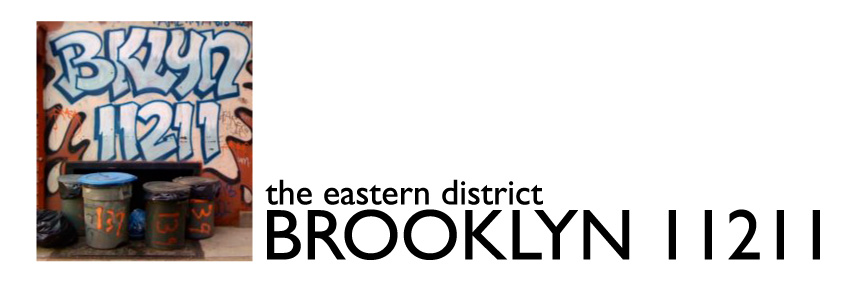Late last summer, the Change You Want See Gallery/Not An Alternative lost its lease on its space at 84 Havemeyer Street. The 240% rent increase was too much for the gallery/co-working space/activist hub. In a sign of the times, Brownstoner now tells us who will be affording that rent – a high-end barbershop (from Carroll Gardens, no less).
All’s well that ends well, though – Not An Alternative has landed new space on the Greenpoint waterfront.


